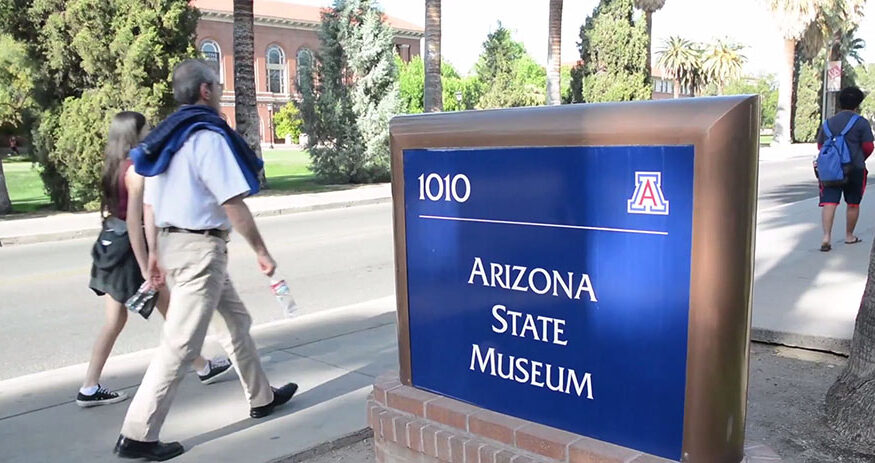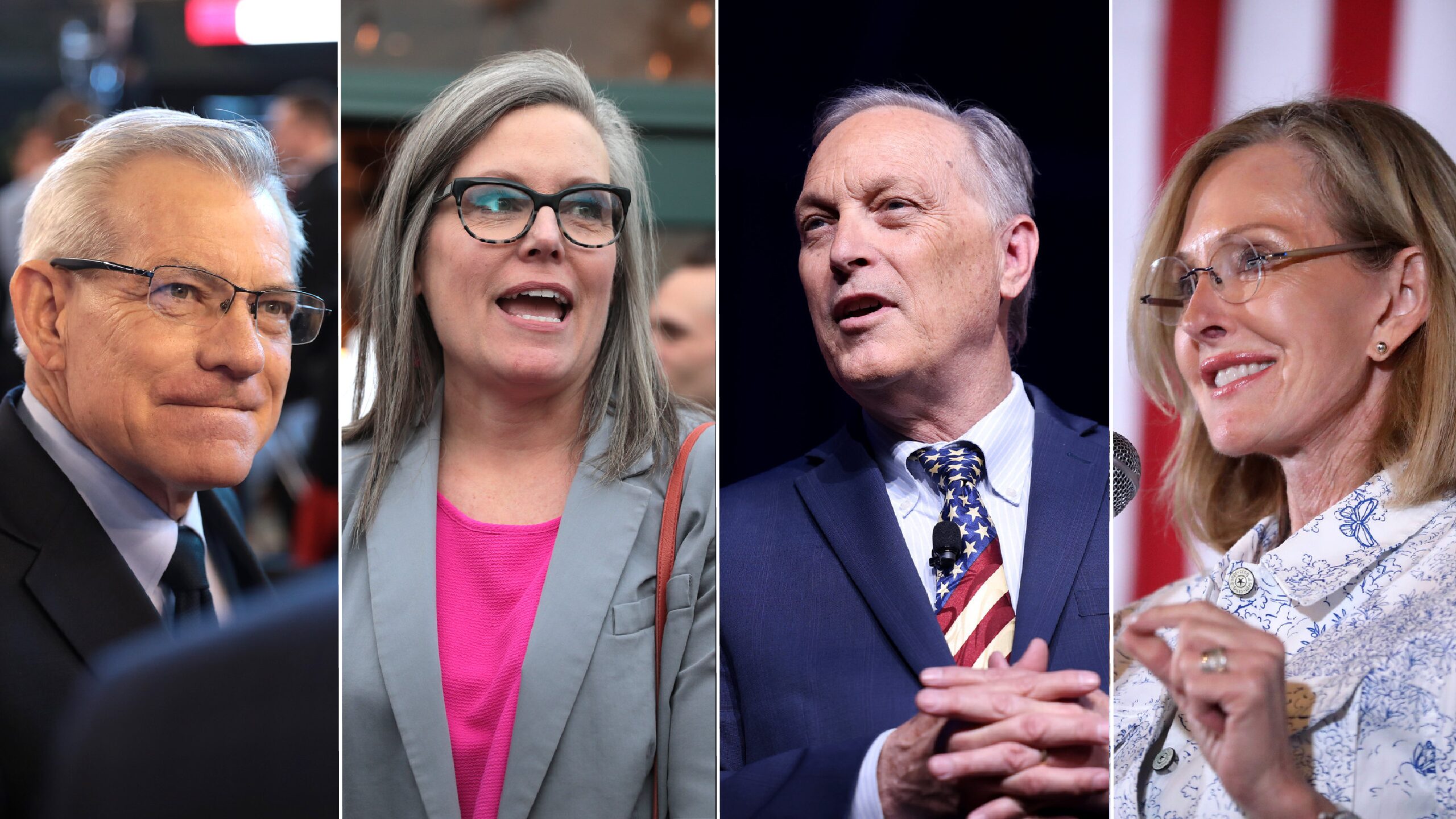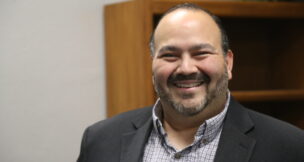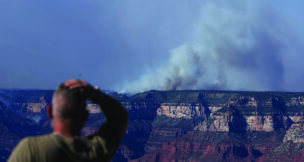Museum to return Native American remains to tribes
Reagan Priest Arizona Capitol Times//August 29, 2024//
Museum to return Native American remains to tribes
Reagan Priest Arizona Capitol Times//August 29, 2024//
For nearly 50 years, the remains of two Native American individuals have been stored at the Arizona Capitol. Now, they are on their way back to their final resting place, but one state senator says that isn’t enough.
In 1976, two fragments of bones were donated to the Arizona State Library. The remains were transferred to the newly opened Arizona Capitol Museum in 1982, where they remained until 2024.
“Unfortunately we just know very little,” said Stephanie Mahan, a senior administrator at the Capitol Museum, of the remains and the individuals they belonged to.
The remains are subject to a federal policy called the Native American Graves Protection and Repatriation Act, which was passed in 1990. NAGPRA requires all museums and universities receiving federal funding to return Native American remains and artifacts in their collections to the tribes they are most closely affiliated with.
Many of the remains held by institutions across the country were taken by archaeologists working at burial sites of Indigenous peoples in the late 1800s and early 1900s. The federal law was enacted to outline a process by which tribes could recover those remains and return their ancestors to their homelands. Some of Arizona’s representatives in Congress at the time, like late-Rep. Morris Udall and late-Sen. John McCain, advocated for the law’s passage.
In an effort to comply with the law, Capitol Museum officials reached out to the Arizona State Museum at the University of Arizona and transported the remains to Tucson earlier this year. The museum currently holds the largest collection of Native American remains in Arizona and is working to repatriate them back to the tribes they came from, in addition to assisting other institutions with their repatriations.
Neither the Capitol Museum nor Arizona State Museum were able to determine a definitive cultural identity for the individuals in the Capitol Museum, but the Salt River Pima-Maricopa Indian Community and the Gila River Indian Community have made a joint claim to the remains. Now that a claim has been made, Arizona State Museum can work with the tribes to return the individuals for reburial.
It’s unclear where the remains held at the Capitol originated from or how they arrived in Phoenix, but an official from the State Museum said it’s likely that the remains belonged to individuals who were part of one of the many Indigenous communities in the Phoenix area.
“Because we can say … that there is a bit of a probability that the remains came from this general region, then it was decided that the tribes within the Phoenix basin area would claim those remains and provide them with a place to rest again,” said Cristin Lucas, the repatriation coordinator at the State Museum. “It may not be this specific group of individuals who are the specific descendants, but the ultimate concern is that everyone should be provided a place of rest in the end.”
A spokesperson for the Secretary of State’s Office, which oversees the State Library, said there are no records at the library related to the individuals or their time before they were transferred to the Capitol Museum. Mahan said that the remains were stored at the Polly Rosenbaum State Archives and History Building – which is managed by the Secretary of State’s Office – not the Capitol Museum, which is located in the old Capitol building that once housed the state House and Senate.
Despite the Secretary of State Office’s control over the archives building, the Capitol Museum retained legal control over the remains. Now, Arizona State Museum is working to transfer legal control over to the two tribal communities that will receive the individuals for burial.
According to Lucas, the remains will likely be repatriated to the tribes in the next few weeks.
“Cases like this are really important because they are individuals who basically no information is known [about], and so it’s a complex situation both for institutions but also for tribes,” Lucas said.
A representative for the Gila River Indian Community declined to comment for this story, citing the sensitive nature of repatriations. A representative for the Salt River Pima-Maricopa Indian Community did not respond to requests for comment.
State Sen. Theresa Hatathlie, D-Tuba City, is a member of the Navajo Nation and said she was not aware that Native American human remains had been stored at the state Capitol, but said it is “an absolute shame.”
“Tribal members are very respectful of how they handle their loved ones’ remains,” Hatathlie said. “It’s a time of observance and reverence, and so each culture has a certain process in place, but for it to be held like this, it’s denying that individual’s spiritual process.”
Although the federal act governs the repatriation of Native American remains at the federal level, Hatathlie said she thinks more needs to be done at the state level. Museums and institutions in the state can receive federal funding for repatriation efforts, but the state government does not offer any support for institutions – even those like Arizona State Museum that are considered state entities.
According to state statute, the musdeum is Arizona’s official archaeological repository and is responsible for all human remains and artifacts that are unearthed on state or private land. Arizona State Museum is allowed by state law to charge for the handling and storage of those remains and artifacts, but it does not receive any specific funding from the state to carry out those duties.
“Going forward, specifically for the state of Arizona, to put together a policy tied with consequences, I think that that’s a process that needs to take place,” Hatathlie said of institutions that are noncompliant.
She said the return of the two individuals who have been held at the Capitol Museum is a start, but she doesn’t want “people [to] think they can walk away with a clear conscience.”
“It’s an absolute shame that we are even having this conversation in this day and age,” Hatathlie said. “It goes right back down to the blatant disrespect to the Indigenous tribes of the state of Arizona and all over the U.S.”













































